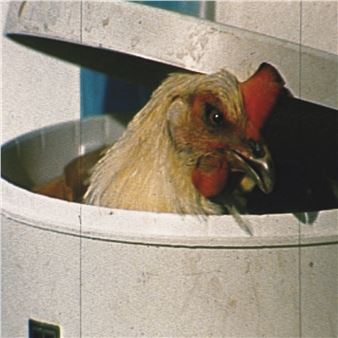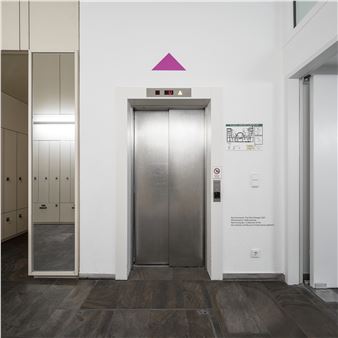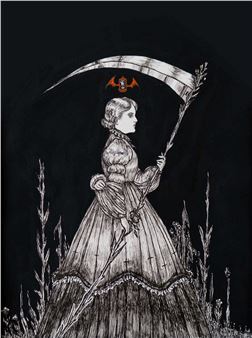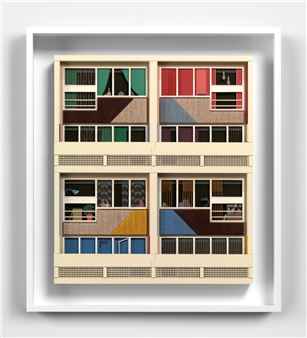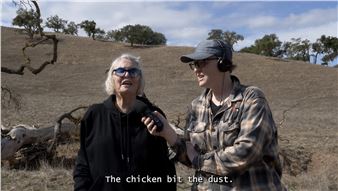A Project by Mariana Castillo Deball
Feathered Changes, Serpent Disappearances presents an archaeological search for absence and a study in the gaps of memory. What role does chance—in the form of lapsed time, erosion, fragmentation, and human intervention—play in our subjective interpretation of history?
By lingering on the unknown histories of artifacts, Deball underscores the effects of natural and social processes within archaeological narratives. The exhibition presents a new vision of archaeology—one that acknowledges ghosts, double visions, and multiple versions of history. The artifacts unearthed through Deball's research originate in local archives but gesture toward sites much further afield: the ancient Mexican civilization at Teotihuacan, ceramic funeral traditions of the Southwestern Mimbres culture and their echoes in Mayan pottery, and the carved stone releifs of pre-Columbian cultures throughout Central America. Through large-scale fragments, rubbings, ceramics, and fresco works, Deball overlays and blends these disparate narratives, splicing them together into a collage of archaeological time.
Composer and visual artist John Cage theorized that the unknown can be a productive force in art-making, that indeterminacy creates space, and can open up new concepts of time. Using a randomized script based on his chance-based artistic scores, Deball has choreographed the placement and movement of her artworks and architectural framework throughout the duration of the exhibition.
Deball employs Cage's philosophy on chance as a tool of archaeological inquiry in order to evoke time and challenge the human urge to produce fixed meanings from our past.
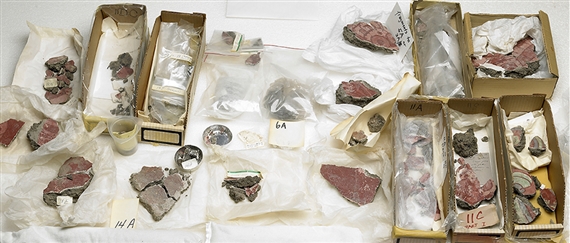
Recommended for you
Feathered Changes, Serpent Disappearances presents an archaeological search for absence and a study in the gaps of memory. What role does chance—in the form of lapsed time, erosion, fragmentation, and human intervention—play in our subjective interpretation of history?
By lingering on the unknown histories of artifacts, Deball underscores the effects of natural and social processes within archaeological narratives. The exhibition presents a new vision of archaeology—one that acknowledges ghosts, double visions, and multiple versions of history. The artifacts unearthed through Deball's research originate in local archives but gesture toward sites much further afield: the ancient Mexican civilization at Teotihuacan, ceramic funeral traditions of the Southwestern Mimbres culture and their echoes in Mayan pottery, and the carved stone releifs of pre-Columbian cultures throughout Central America. Through large-scale fragments, rubbings, ceramics, and fresco works, Deball overlays and blends these disparate narratives, splicing them together into a collage of archaeological time.
Composer and visual artist John Cage theorized that the unknown can be a productive force in art-making, that indeterminacy creates space, and can open up new concepts of time. Using a randomized script based on his chance-based artistic scores, Deball has choreographed the placement and movement of her artworks and architectural framework throughout the duration of the exhibition.
Deball employs Cage's philosophy on chance as a tool of archaeological inquiry in order to evoke time and challenge the human urge to produce fixed meanings from our past.
Artists on show
Contact details


 ARTISTS
ARTISTS










